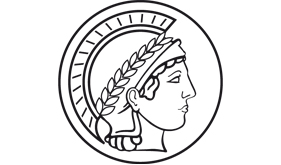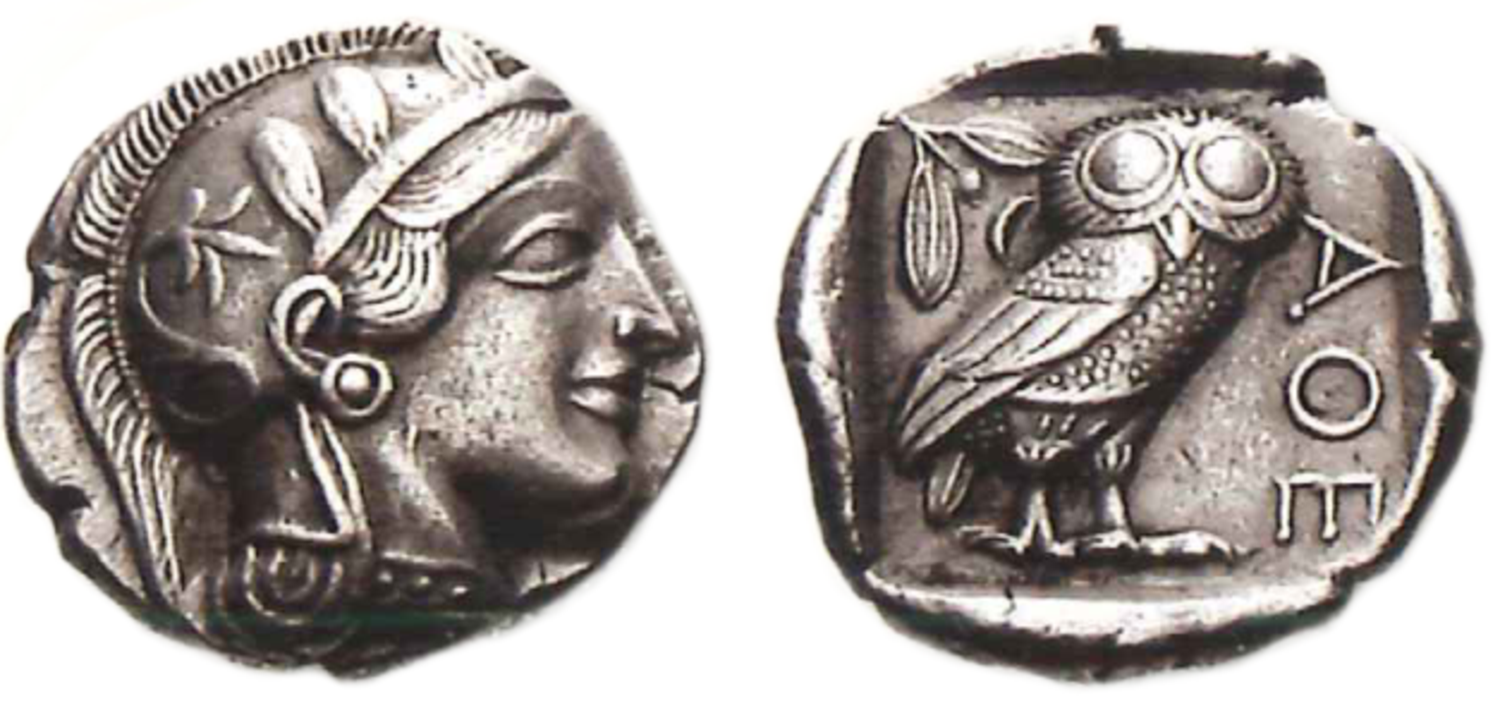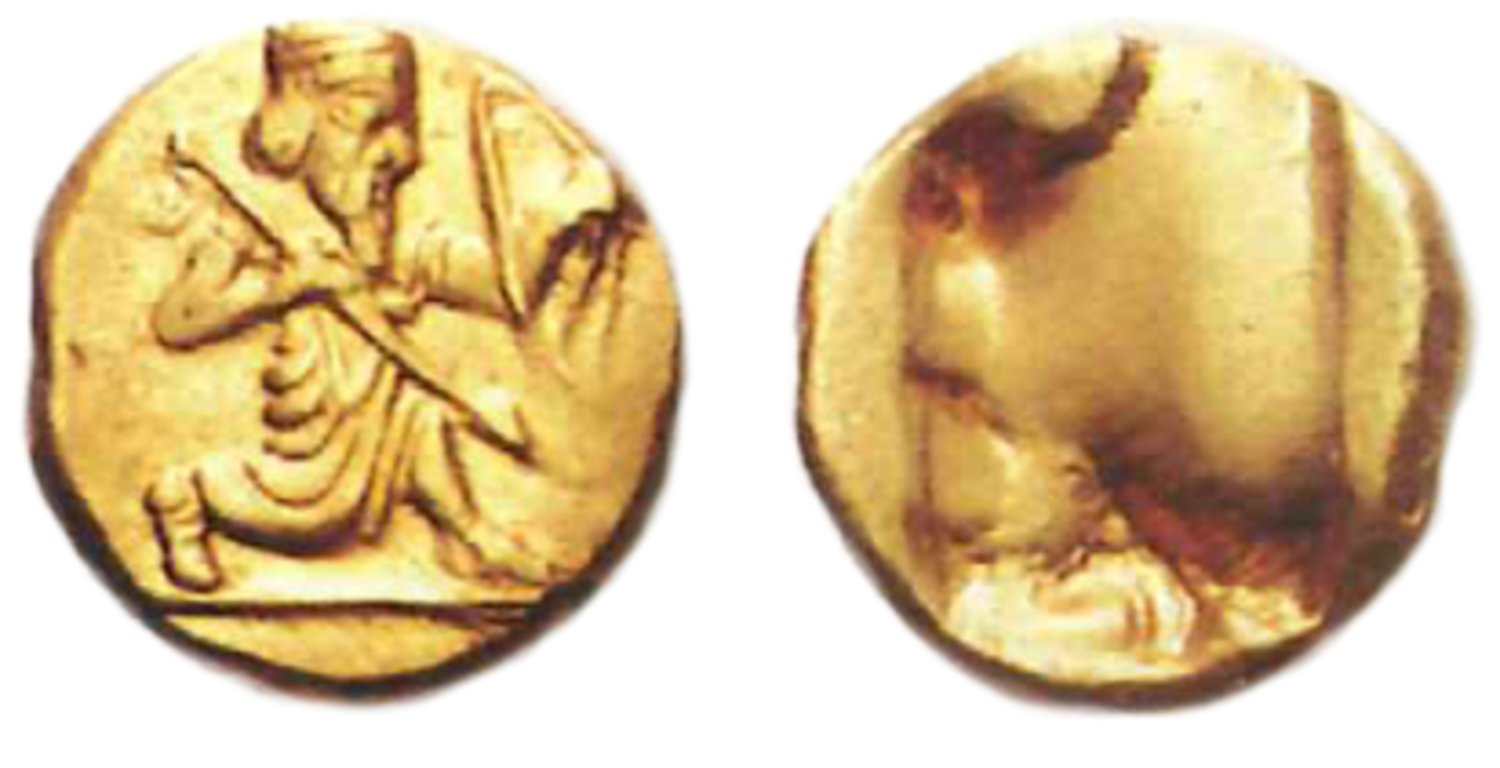13.1 The Exchange of Numismatic Patterns between East and West
In a recent contribution Joe Cribb has shown the importance of Greek culture as a source of coinage tradition in Central Asia
The soldiers who followed Alexander carried with them many Greek coins (Rtveladze 2007, 195–198), and the subsequent foundation of Greek colonies
The debated problem of the ontological status of the Hellenistic rulers, whether they were considered or considered themselves divine beings, at first arose with Alexander, and later it also deeply influenced the Iranian conception of kingship. Alexander, to tell the truth, was well conscious of his human nature and, according to Plutarch
The habit to assume some divine characteristics was maintained by Alexander’s followers. Ptolemy I, for instance, as Alexander’s successor in Egypt, wears the goatskin mantle of Zeus, and his coins in name of Alexander show the bold Macedonian ruler with an elephant scalp, adorned with the horn
Actually, the exchange of communications between East and West was not restricted to royal ideology and iconography
Thus, we may say that the importance of Alexander’s legacy is great also in the field of Iranian coinage. In relation to the monetary system of Central Asia
The analysis of the coins, as it has been underlined by Le Rider (2003), reveals that Alexander actually never imposed his coin types, which were created in the West, on the Barbarians
In this prudent monetary policy it is recognizable the same pragmatism that suggested to Alexander to behave in Persia as “friend” of Cyrus
13.2 Two International Coinages: “Owls” and “Archers”
Before Alexander only two coinages were diffused at an “international” level: on the one hand, the Athenian coins with the typical representation of Athena’s
The Persians were the first ones to recognize the importance of the propagandistic significance of the coins, and soon introduced a monetary tradition which lasted for centuries. The idea was simple but effective: Darius I, around 510 BCE, ordered his form/image (charakter) be struck on lenticular globules of pure metal, in place of the zoomorphic figures of Cresus’ coins (560–546 BCE).9 There were no inscriptions on Achaemenid coins, but the mighty image of the Great King of the Persians circulated everywhere. The king was represented crowned, with the regal vest and carrying bow and arrows; he looked, therefore, quite menacing. The Greeks were afraid of these “archers”
It seems to me interesting to remark that the Persians learned to use coins from the Lydians, but they were soon able to invent the first imperial monetary system in history. Darius’s reform was extremely important, because it was introduced a kind of bimetallism, based on a fixed ratio of exchange between gold
Alexander, during the pillage of the treasure of Susa, found as many as 9000 gold
In this variegated framework of cultural relations, it could also happen the opposite, in fact the Persians coined Athenian types, too. Many imitations of Athenian coins circulated in Bactria
Accordingly, we may argue that there was a strict control of the Persian authorities over the empire-wide monetary policy. In Achaemenid Babylonia
The capacity to conform decisions to local situations is one of the most relevant qualities adopted by the Achaemenid policy. For instance, the above mentioned Mazakes, was even rewarded by Alexander for surrendering the province without fighting, by being appointed as the new governor of Babylon, where he continued to coin pseudo-Athenian tetradrachms under his name.19 Tissaphernes (400–395 BCE), satrap of Sardis and Karanos under Artaxerxes II
13.3 Conclusions
In conclusion, Athenian coin types were present from the Mediterranean
Illustrations
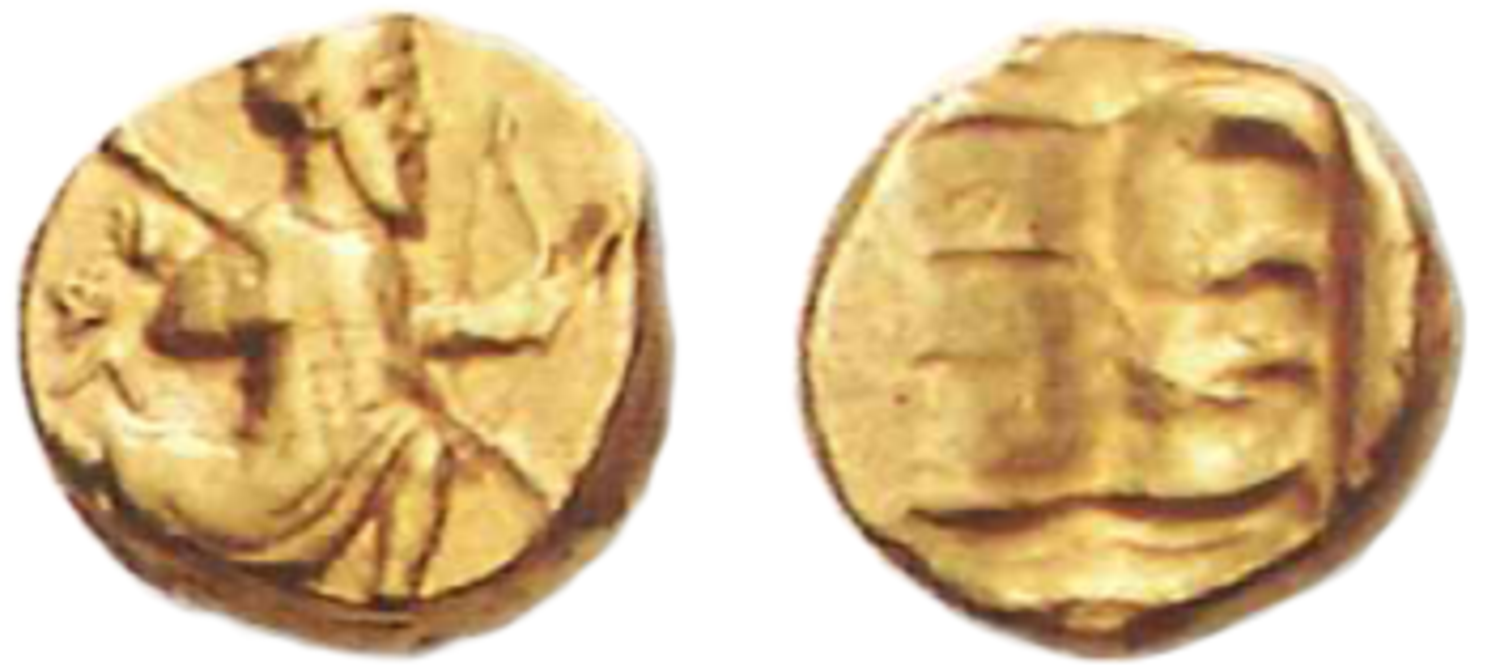
Fig. 13.3: Gold Daric. Mint of Babylon (c. 331–311 BCE)
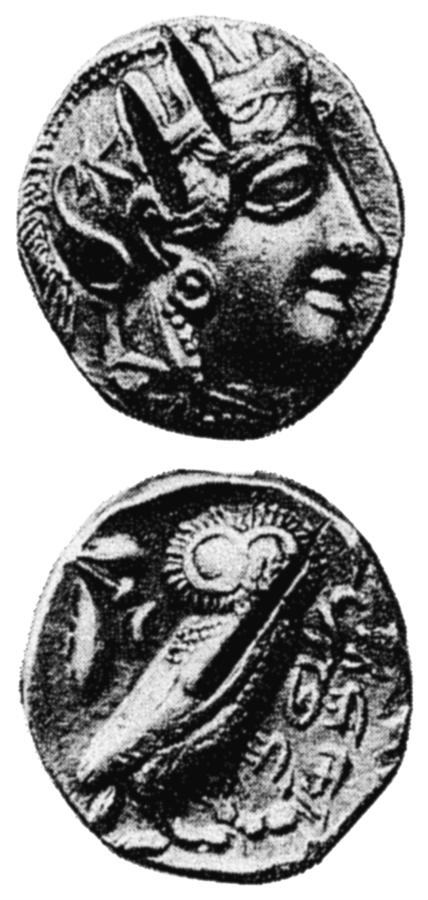
Fig. 13.4: Pseudo-Athenian Tetradrachm of Artaxerxes III (343–338 BCE).
Bibliography
Alram, M. (1986). Nomina Propria Iranica in Nummis. Vienna: Verlag der Österreichischen Akademie der Wissenschaften.
- (1996). Daric. In: Encyclopædia Iranica Ed. by E. Yarshater. New York: Columbia University 36-40
Assar, G.F. (2004). Genealogy and Coinage of the Early Parthian Rulers I. Parthica 6: 69-93
Bopearachchi, O. (1999). La production monétaire en Asie Centrale et dans l'Inde du Nord-Ouest du Ve siècle av. J.C. au IIIe siècle ap. J.C.. In: Matériaux pour l'Histoire Économique du Monde Iranien (Studia Iranica, Cahier 21) Ed. by R. Gyselen, M. Szuppe. Paris: Association pour l'Avancement des Etudes Iraniennes 79-100
Bosworth, A.B. (1980). Alexander and the Iranians. Journal of Hellenic Studies 100: 1-21
- (2004). Alessandro Magno. L'uomo e il suo Impero. Milan: Rizzoli.
Briant, P. (2003). Darius dans l'ombre d'Alexandre. Paris: Fayard.
Buttrey, T.V. (1982). Pharaonic Imitations of Athenian Tetradrachms. In: Actes du 9e Congrès international de numismatique 1979 Ed. by J. Hackens, R. Weileer. Bruxelles: Association internationale des numismates professionnels 137-140
Carradice, I. (1987). The Regal Coinage of the Persian Empire, Coinage and Administration in the Athenian and Persian Empires. In: The Ninth Oxford Symposium on Coinage and Monetary History Ed. by I. Carradice. British Archaeological Reports. Oxford: Archaeopress 73-107
Cribb, J. (2007). Money as a Marker of Cultural Continuity and Change in Central Asia. In: After Alexander: Central Asia before Islam Ed. by J. Cribb, G. Herrmann. Oxford: Published for The British Academy by Oxford University Press 333-375
Curtis, V. Sarkhosh (2007). The Iranian Revival in the Parthian Period. In: The Idea of Iran, II: The Age of the Parthians Ed. by V. Sarkhosh Curtis, S. Stewart. London: I.B. Tauris 7-25
Dąbrowa, E. (2008). The Political Propaganda of the First Arsacids and its Targets (from Arsaces I to Mithradates II). Parthica 10: 25-31
Daryaee, T. (2002). Memory and History: The Construction of the Past in Late Antique Persia. Nāme-ye Iran-e Bāstān 1/2: 1-14
- (2007). Imitatio Alexandri and its Impact on late Arsacid, early Sasanian and Middle Persian Literature. Electrum 12: 89-97
Descat, R. (1989). Notes sur la politique tributaire de Darius I. In: Le tribute dans l'empire perse (Actes de la table ronde de Paris. 12–13 décembre 1986) Ed. by P. Briant. Wilsele: Peeters 79-93
Di Branco, M. (2011). Alessandro Magno. Eroe arabo nel Medioevo. Salerno: Arti Grafiche Boccia.
Espinosa, U. (1990). La alejandrofilia de Caracala en la antigua historiografia. In: Neronia IV. Alejandro Magno, modelo de los emperadores romanos Ed. by J.M. Croisille. Rome: Latomus, Revue d'études latines 37-51
Figueira, T.J. (1998). The Power of Money: Coinage and Politics in the Athenian Empire. Philapdelphia: University of Pennsylvania Press.
Fleischer, R. (2002). True Ancestors and False Ancestors in Hellenistic Rulers' Portraiture. In: Images of Ancestors Ed. by J.M. Højte. Aarhus: Aarhus University Press 59-74
Gariboldi, A. (2004a). Monete dell'Iran preislamico dal Medagliere del Museo Civico Archeologico di Bologna: catalogo e considerazioni in margine. In: Schools of Oriental Studies and the Development of Modern Historiography. Proceedings of the Fourth Annual Symposium of the Assyrian and Babylonian Intellectual Heritage Project held in Ravenna, Italy, October 13 - 17, 2001 (Melammu Symposia 4) Ed. by A. Panaino, A. Piras. Milan: Mimesis 133-159
- (2004b). Royal Ideological Patterns between Seleucid and Parthian Coins: The Case of Θεοπάτωρ. In: Commerce and Monetary Systems in the Ancient World: Means of Transmission and Cultural Interaction. Proceedings of the fifth Annual Symposium of the Assyrian and Babylonian Intellectual Heritage Project held in Innsbruck, Austria, October 3rd–8th 2002 (Melammu Symposia 5) Ed. by R. Rollinger, C. Ulf. Wiesbaden: Steiner 366-384
Gignoux, P. (2007). La démonisation d'Alexandre le Grand d'après la littérature pehlevie. In: Iranian Languages and Texts from Iran and Turan. Ronald E. Emmerick Memorial Volume Ed. by M. Macuch, M. Maggi, M. M.. Wiesbaden: Harrassowitz 87-97
Gnoli, G. (1995). La demonizzazione di Alessandro nell'Iran sasanide e nella tradizione zoroastriana. In: Alessandro Magno: storia e mito Ed. by A. DiVita, C. Alfano.
- (2003). Il Manicheismo. I: Mani e il Manicheismo. Milan: Mondadori.
Huyse, P. (2003). La geste d'Ardashir fils de Pâbag. Kārnāmag ī Ardaxšēr ī Pābagān..
Kraay, C.M. (1976). Archaic and Classical Greek Coins. York: Methuen.
Lane Fox, R. (2007). Alexander the Great: `Last of the Achaemenids'?. In: Persian Responses. Political and Cultural Interaction with(in) the Achaemenid Empire Ed. by Ch. Tuplin. Oxford: Classical Press of Wales 267-311
Monte, G.F. Del (1997). Testi dalla Babilonia ellenistica. Pisa, Rome: Istituti editoriali e poligrafici internazionali.
- (2001). Da `barbari' a `re di Babilonia': I Greci in Mesopotamia. In: I Greci: Storia Cultura Arte Società. 3. I Greci oltre la Grecia Ed. by S. Settis. Turin: Einaudi 137-166
Mørkholm, O. (1974). A Coin of Artaxerxes III. The Numismatic Chronicle 7(14): 1-4
Muccioli, F. (2004). `Il Re dell'Asia': Ideologia e propaganda da Alessandro Magno a Mitridate VI. Simblos. Scritti di storia antica 4: 105-158
- (2012). La storia attraverso gli esempi. Protagonisti e interpretazioni del mondo greco in Plutarco. Milan: Mimesis.
Musti, D. (1990). Storia greca. Linee di sviluppo dall'età micenea all'età romana. Rome: Laterza.
Nicolet-Pierre, H. (1979). Les monnaies des deux derniers satrapes d'Égypte avant la conquête d'Alexandre. In: Greek Numismatics and Archaeology. Essays in Honor of Margaret Thompson Ed. by O. Mørkholm, N.M. Waggoner. New York: American Numismatic Society 221-230
Nicolet-Pierre, H., M. Amandry (1994). Un nouveau trésor de monnaies d'argent pseudo-athéniennes venu d'Afghanistan: 1990. Revue Numismatique s. 6, 36: 34-54
Panaino, A. (2000). The Mesopotamian Heritage of Achaemenian Kingship. In: The heirs of Assyria: Proceedings of the Opening Symposium of the Assyrian and Babylonian Intellectual Heritage Project held in Tvärminne, Finland, October 8–11, 1998 Ed. by S. Aro, R.M. Whiting. Helsinki: Neo-Assyrian Text Corpus Project 35-49
- (2009). The King and the Gods in the Sasanian Royal Ideology. In: Sources pour l'histoire et la géographie du monde iranien (224–710) (Res Orientales 18) Ed. by R. Gyselen. Bures-sur-Yvette: Groupe pour l'étude de la civilisation du Moyen-Orient 209-256
Rider, G. Le (2001). La naissance de la monnaie. Pratiques monétaires de l'Orient ancien. Paris: Presses universitaires de France.
- (2003). Alexandre le Grand: Monnaie, finances et politique. Paris: Presses universitaires de France.
Rtveladze, E.V. (2007). Alessandro in Battriana e Sogdiana. Parthica 9: 153-204
Sánchez, M. García (2009). El Gran Rey de Persia: Formas de representación de la alteridad persa en el imaginario griego. Barcelona: Publicacions i Edicions, Universitat de Barcelona.
Schlumberger, D. (1953). L'argent grec dans l'empire achéménide. In: Trésors monétaires d'Afghanistan Ed. by R. Curiel, D. Schlumberger. Mémoires de la délégation archéologique française en Afghanistan 14. Paris: C. Klincksieck 3-62
Vargyas, P. (1999). Kaspu ginnu and the Monetary Reform of Darius I. Zeitschrift für Assyriologie 89: 247-268
Zejmal, E.V. (1983). The Political History of Transoxiana. In: The Cambridge History of Iran, 3/1 Ed. by E. Yarshater. Cambridge: Cambridge University Press 232-262
Zournatzi, A. (2000). The Processing of Gold and Silver Tax in the Achaemenid Empire: Herodotus 3.96.2 and the Archaeological Realities. Studia Iranica 29: 241-271
Footnotes
See (Espinosa 1990, 45–46). The Historia Augusta, for example, clearly states that Caracalla Alexandro Magno Macedoni aequandum putabat…eiusque gesta in ore semper habuit (HA Car. II 1–2).
See (Assar 2004, 88; Fig. 3: 18 = S 10.17), considers the first Parthian coins with the insciption Theopator, as a special issue of Mithradates I to honour his deified father, Phriapatius. Cf. (Gariboldi 2004b, 374–377).
Plut. Mor. I 10, 332D. Briant 2003, 267 underlines that Alexander is presented in Plutarch as the unifier of a divided world, the inspiring principle of universal harmony, always moved by his virtue. See also (Le Rider 2003, 338–340).
Cf. (Bosworth 1980, 14), writes that the evidence of this policy of fusion, so far produced, is “little or nothing.” On the construction of the ethnic identity between Greeks and “Barbarians,” see (Sánchez 2009, in part. 39). For a balanced opinion on Alexander’s universalism, see (Musti 1990, 739; Lane Fox 2007; Muccioli 2012, 193–209).
Arr. Anab. III 27, 5.
See (Bosworth 2004, 214). See also (Strab. 730; Arr. Anab. VI 28, 4–8).
See (Monte 1997, 4–8), and note 24. The curious title of “King (coming) from West,” LUGAL šá TA KUR ḫa-ni-i, on a tablet dated to 329/8 BCE, literally “the King (coming) from the land of ḫanû” to indicate the lands to the West of the Euphrates, is very rare and it was likely intended to remark the extraneousness of Alexander to the local culture. Obviously, the nobles and the priests of Babylon, attached to the privileges depending from the Temple of Marduk, bestowed the titles of the former Babylonian kings to Alexander, on condition that he did not interfere too much with the Temple’s life. See also (Monte 2001, 140–148; Muccioli 2004, 111–113).
See (Carradice 1987, 73–78; Alram 1996; Le Rider 2001, 123–164; Gariboldi 2004a, 134–138).
See (Carradice 1987, 75–76; Alram 1996, 36; Le Rider 2001, 145 (IG, I).
Diod. XVII 66, 1–2.
Arr. Anab. IV 18, 7; Strab. 517; (Le Rider 2003, 324–325).
See (Nicolet-Pierre and Amandry 1994; Bopearachchi 1999, 87). It is not always easy to determinate if these imitations were coined before or after Alexander the Great.
See (Nicolet-Pierre and Amandry 1994, 52–53; Le Rider 2003, 279–282).
See (Buttrey 1982; Figueira 1998, 528–533; Le Rider 2003, 220–224, with further bibliography).
Hdt. IV 166. About the fiscal implications of the silver of Aryandes, see Descat (1989, 85–87).
See (Le Rider 2003, 284–290; Alram 1986, 119, n. 378 (Pl. 12)).
In Plutarch the “globalization” is presented as a socio-cultural koinonia, “community” (Plut. Alex. 47, 5).
